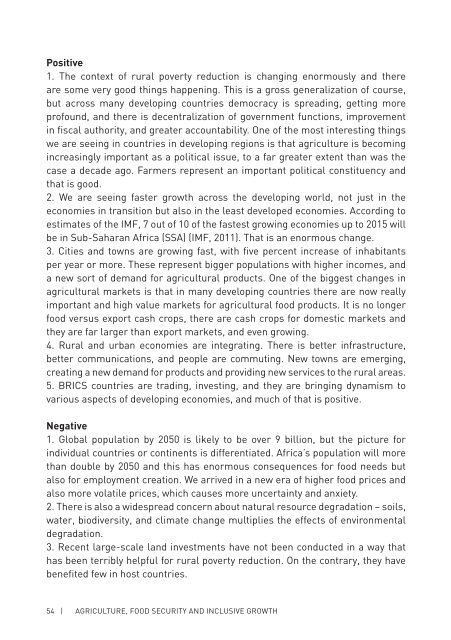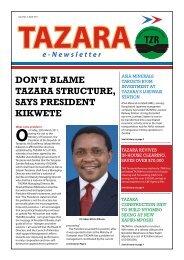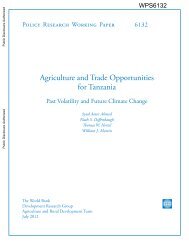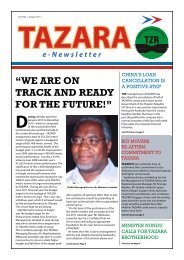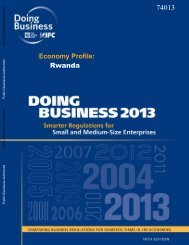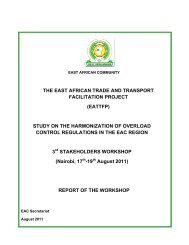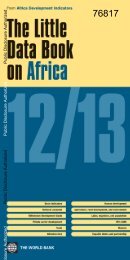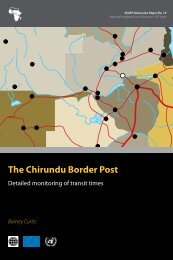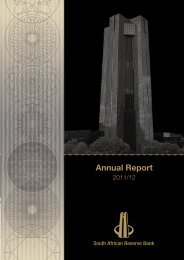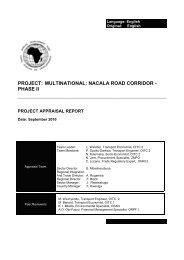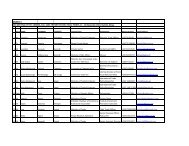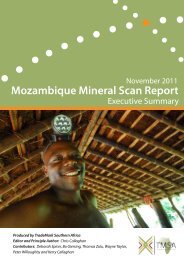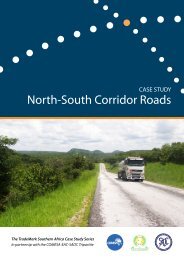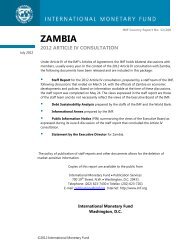Agriculture, Food Security and Inclusive Growth - SID Netherlands ...
Agriculture, Food Security and Inclusive Growth - SID Netherlands ...
Agriculture, Food Security and Inclusive Growth - SID Netherlands ...
Create successful ePaper yourself
Turn your PDF publications into a flip-book with our unique Google optimized e-Paper software.
Positive<br />
1. The context of rural poverty reduction is changing enormously <strong>and</strong> there<br />
are some very good things happening. This is a gross generalization of course,<br />
but across many developing countries democracy is spreading, getting more<br />
profound, <strong>and</strong> there is decentralization of government functions, improvement<br />
in fiscal authority, <strong>and</strong> greater accountability. One of the most interesting things<br />
we are seeing in countries in developing regions is that agriculture is becoming<br />
increasingly important as a political issue, to a far greater extent than was the<br />
case a decade ago. Farmers represent an important political constituency <strong>and</strong><br />
that is good.<br />
2. We are seeing faster growth across the developing world, not just in the<br />
economies in transition but also in the least developed economies. According to<br />
estimates of the IMF, 7 out of 10 of the fastest growing economies up to 2015 will<br />
be in Sub-Saharan Africa (SSA) (IMF, 2011). That is an enormous change.<br />
3. Cities <strong>and</strong> towns are growing fast, with five percent increase of inhabitants<br />
per year or more. These represent bigger populations with higher incomes, <strong>and</strong><br />
a new sort of dem<strong>and</strong> for agricultural products. One of the biggest changes in<br />
agricultural markets is that in many developing countries there are now really<br />
important <strong>and</strong> high value markets for agricultural food products. It is no longer<br />
food versus export cash crops, there are cash crops for domestic markets <strong>and</strong><br />
they are far larger than export markets, <strong>and</strong> even growing.<br />
4. Rural <strong>and</strong> urban economies are integrating. There is better infrastructure,<br />
better communications, <strong>and</strong> people are commuting. New towns are emerging,<br />
creating a new dem<strong>and</strong> for products <strong>and</strong> providing new services to the rural areas.<br />
5. BRICS countries are trading, investing, <strong>and</strong> they are bringing dynamism to<br />
various aspects of developing economies, <strong>and</strong> much of that is positive.<br />
Negative<br />
1. Global population by 2050 is likely to be over 9 billion, but the picture for<br />
individual countries or continents is differentiated. Africa’s population will more<br />
than double by 2050 <strong>and</strong> this has enormous consequences for food needs but<br />
also for employment creation. We arrived in a new era of higher food prices <strong>and</strong><br />
also more volatile prices, which causes more uncertainty <strong>and</strong> anxiety.<br />
2. There is also a widespread concern about natural resource degradation – soils,<br />
water, biodiversity, <strong>and</strong> climate change multiplies the effects of environmental<br />
degradation.<br />
3. Recent large-scale l<strong>and</strong> investments have not been conducted in a way that<br />
has been terribly helpful for rural poverty reduction. On the contrary, they have<br />
benefited few in host countries.<br />
54 | AGRICULTURE, FOOD SECURITY AND INCLUSIVE GROWTH


